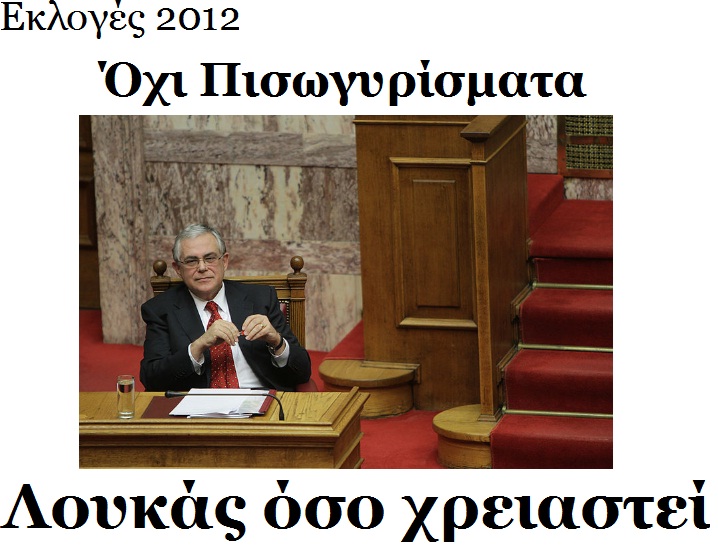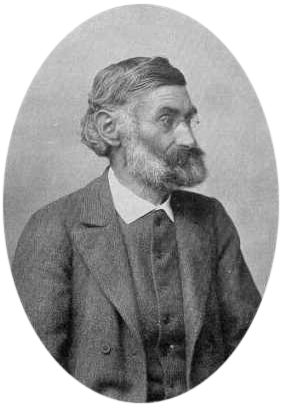<Back to Index>
- Physicist Ernst Karl Abbe, 1840
- Writer Marie Henri Beyle (Stendhal), 1783
- Samurai Saigō Takamori (Takanaga), 1828
PAGE SPONSOR


Ernst Karl Abbe (January 23, 1840 – January 14, 1905) was a German physicist, optometrist, entrepreneur, and social reformer. Together with Otto Schott and Carl Zeiss, he laid the foundation of modern optics. Abbe developed numerous optical instruments. He was a co-owner of Carl Zeiss AG, a German manufacturer of research microscopes and other optical systems.
Abbe was born January 23, 1840 in Eisenach, Saxe-Weimar-Eisenach. He came from a humble home - his father was a foreman in a spinnery. Supported by his father's employer, Abbe was able to attend secondary school and to obtain the general qualification for university entrance with fairly good grades. By the time he left school, his scientific talent and his strong will had already become obvious. Thus, in spite of the family's strained financial situation, his father decided to support Abbe's studies at the Universities of Jena (1857 – 1859) and Göttingen (1859 – 1861). During his time as a student, Abbe gave private lessons to improve his income. His father's employer continued to fund him. Abbe was awarded his PhD in Göttingen on March 23, 1861. This was followed by two short assignments at the Göttingen observatory and at Physikalischer Verein in Frankfurt (an association of citizens interested in physics and chemistry that was founded by Johann Wolfgang von Goethe in 1824 and still exists today). On August 8, 1863 he qualified as a university lecturer at the University of Jena. In 1870, he accepted a contract as an extraordinary professor in Jena. In 1871, he married Else Snell, daughter of the mathematician and physicist Karl Snell, one of Abbe's teachers. He became director of the Jena observatory in 1878. In 1889, he became a member of the Bavarian Academy of Sciences and Humanities. He also was a member of the Saxon Academy of Sciences. He was relieved of his teaching duties at the University of Jena in 1891. Abbe died January 14, 1905 in Jena.
He designed the first refractometer, which he described in a booklet published in 1874. He created the Abbe number, a measure of any transparent material's variation of refractive index with wavelength. Already a professor in Jena, he was hired by Carl Zeiss to improve the manufacturing process of optical instruments, which back then was largely based on trial and error. In a long and fruitful collaboration, Abbe created the mathematical foundation of microscope design, which became essential for the later preeminent position of the Carl Zeiss AG company. In particular, he developed a mathematical description for the resolution limit of the microscope. The optical resolution d is defined as the minimum distance of two structural elements to be imaged as two objects instead of one. Abbe found that d = 0.5 * λ / NA, where λ (lambda) is the wavelength of light and NA is the numerical aperture of the objective, defined as the sine of the half aperture angle multiplied by the refractive index of the medium filling the space between the cover glass and the front lens. A second important principle of microscope design is known as the Abbe sine condition. This principle is embodied in the Abbe condenser, used for microscope illumination. During his association with Carl Zeiss' microscope works, he also introduced the eight hour workday, in remembrance of the 14-hour workday of his own father.
The crater Abbe on the Moon was named in his honour.